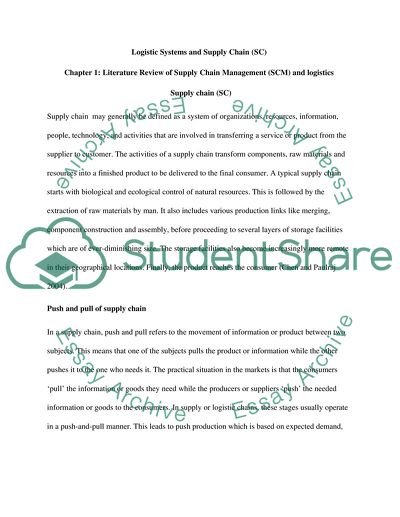Cite this document
(HP Usage of Logistic Systems and Their European Supply Chain Case Study, n.d.)
HP Usage of Logistic Systems and Their European Supply Chain Case Study. Retrieved from https://studentshare.org/information-technology/1750642-hp-use-of-logistic-systems-and-their-european-supply-chain
HP Usage of Logistic Systems and Their European Supply Chain Case Study. Retrieved from https://studentshare.org/information-technology/1750642-hp-use-of-logistic-systems-and-their-european-supply-chain
(HP Usage of Logistic Systems and Their European Supply Chain Case Study)
HP Usage of Logistic Systems and Their European Supply Chain Case Study. https://studentshare.org/information-technology/1750642-hp-use-of-logistic-systems-and-their-european-supply-chain.
HP Usage of Logistic Systems and Their European Supply Chain Case Study. https://studentshare.org/information-technology/1750642-hp-use-of-logistic-systems-and-their-european-supply-chain.
“HP Usage of Logistic Systems and Their European Supply Chain Case Study”, n.d. https://studentshare.org/information-technology/1750642-hp-use-of-logistic-systems-and-their-european-supply-chain.


